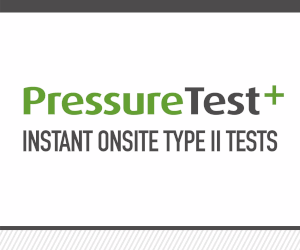The station will now move to a simpler 10 platform design from the originally planned 11 platforms.
This will allow the station main contractor joint venture Mace Dragados to build the £2.6bn project in a single stage, rather than two stages as originally envisaged.
The changes are far less dramatic than some in the industry feared after a 15-month review seeking cost-saving options and efficiency opportunities, depending in part on the scope of the northern route of HS2, particularly the future of the eastern leg.
HS2 minister Andrew Stephenson revealed the new plan in a six-month update to Parliament yesterday.
He said that the changes will ease the £400m budget pressure already identified at Euston.
Stephenson said the exact savings would be identified as the updated design is developed over the coming months.
“In response to a recommendation from the Oakervee Review about looking into the efficiency of the Euston station, the move to a smaller, simpler 10-platform station design at Euston has now been confirmed,” he said in the report
“This will provide a more efficient design and delivery strategy and play a significant role in mitigating the affordability pressures recently identified.
“Moving to this revised HS2 Euston station design maintains the station infrastructure capacity to run 17 trains per hour, as set out in the Phase One full business case.”
Stephenson also highlighted potential minor delays in the southern section of the line leading into Old Oak Common from outer London.
He said contractors were now focused on identifying efficiencies and controlling risk in these key areas.
The added delivery risk stems from residual delays in completing enabling works and handover to main works in certain locations.
Slower than planned design progress and securing planning consents by the main works civils contractors had also limited productivity of the supply chain.
HS2 is currently reporting future potential cost pressures of around £1.3bn compared to £0.8 billion six months ago.
The overall budget for Phase One, including Euston, remains £44.6bn. This is composed of the target cost of £40.3bn and additional government-retained contingency of £4.3bn.





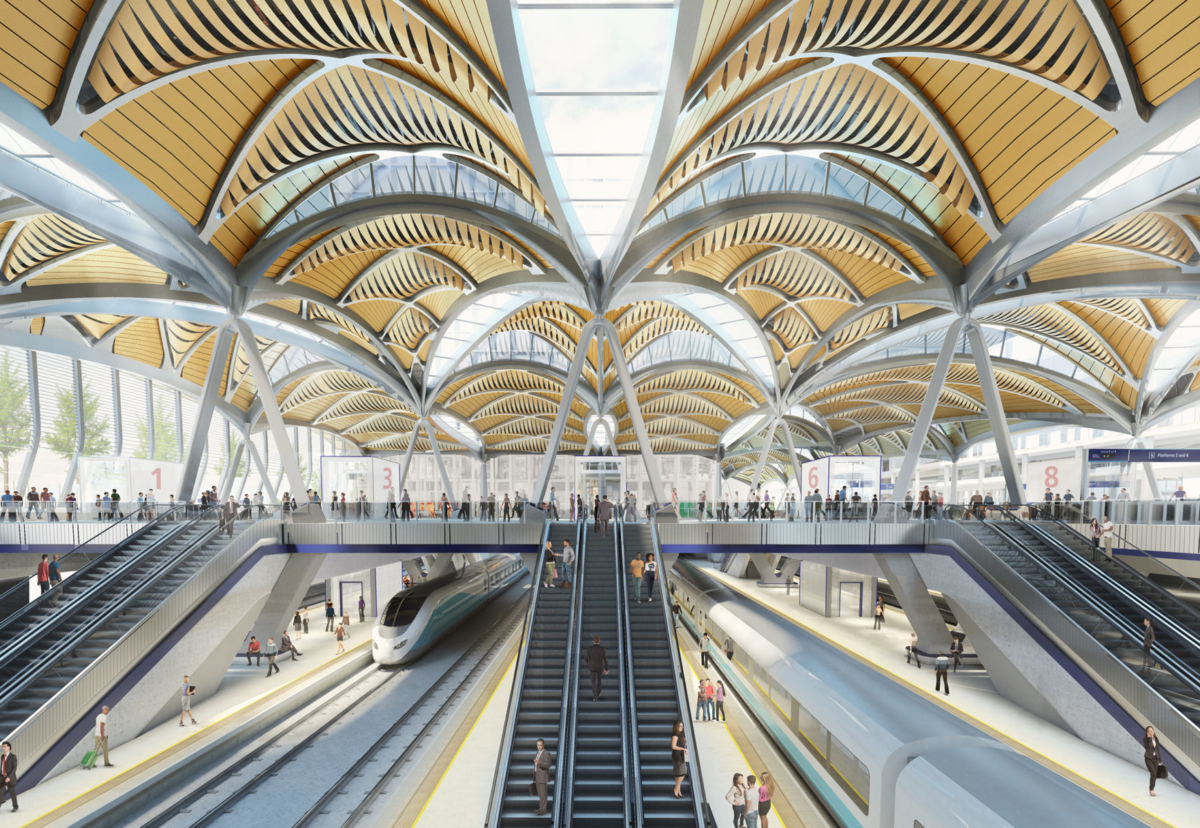



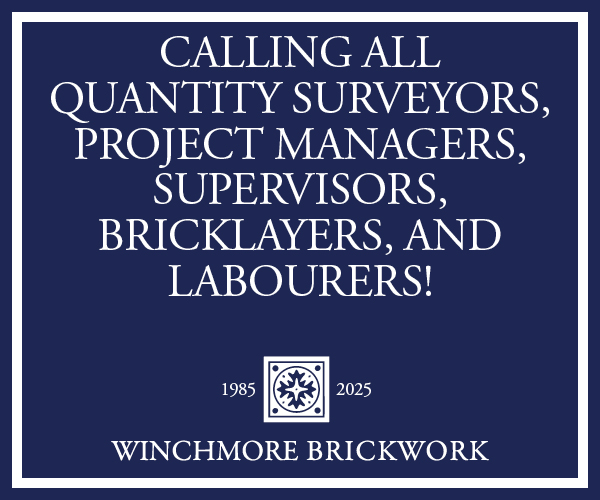
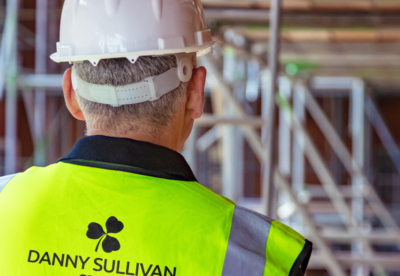



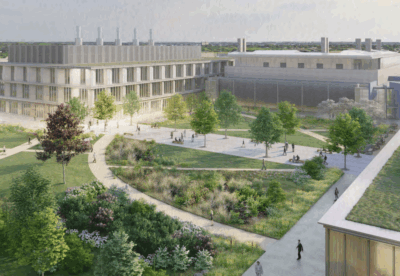



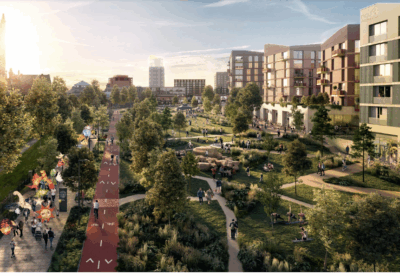
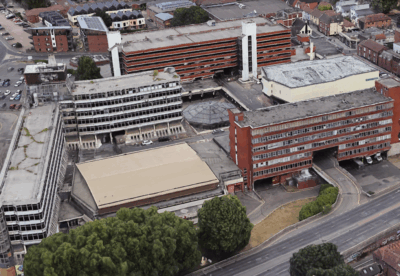

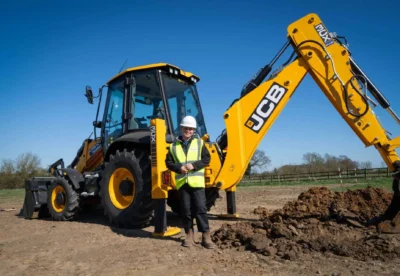

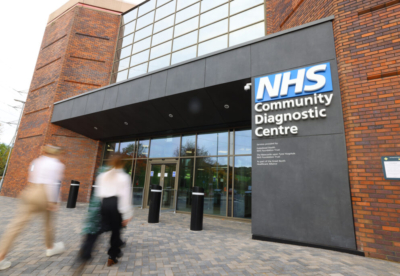

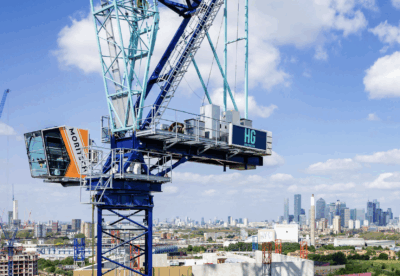
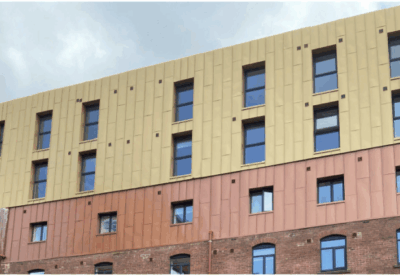

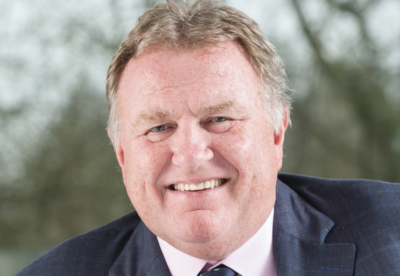
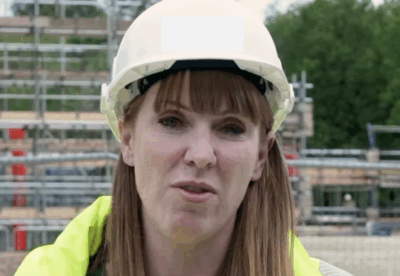
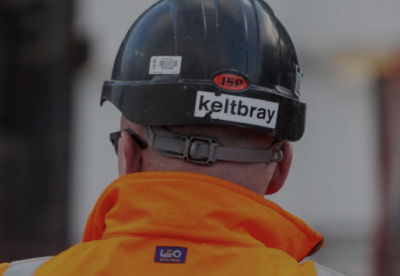

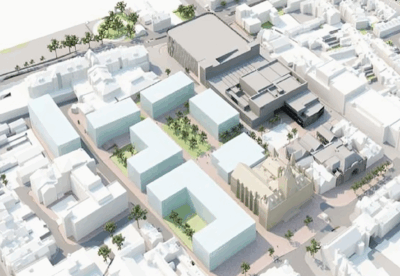


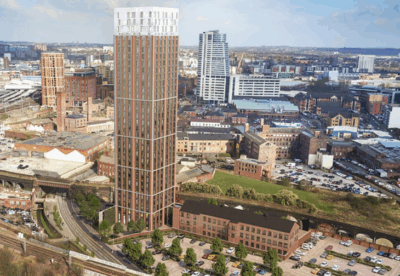

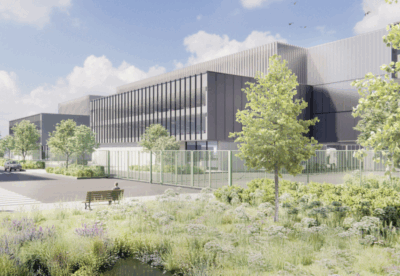
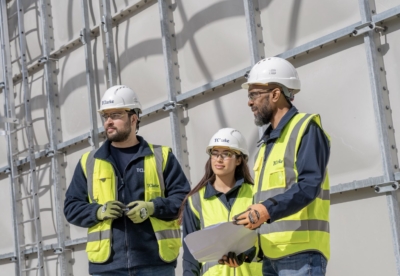
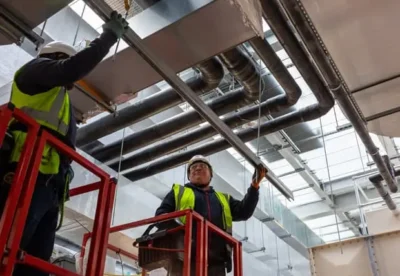


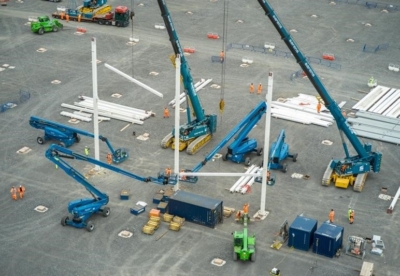

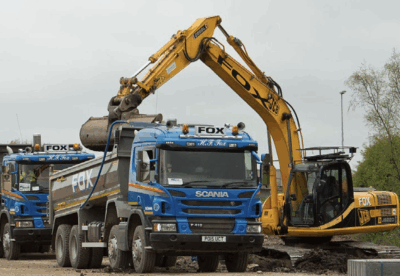








 (300 x 250 px) (2).png)

